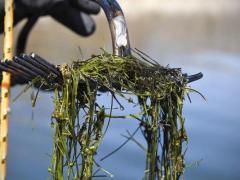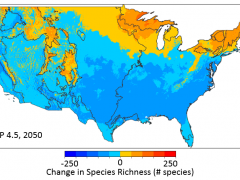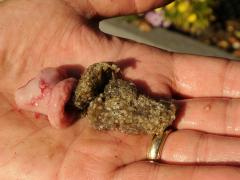Removing invasive plants is good for the birds and the bees
"Getting rid of invasive species is a Sisyphean task, and some ecologists have questioned whether the effort is worth it.... New findings from the Seychelles, an archipelago in the Indian Ocean, suggest that the hard work (and money) invested can pay big dividends for pollinators—including insects, birds, and reptiles—and for the native plants they assist."







